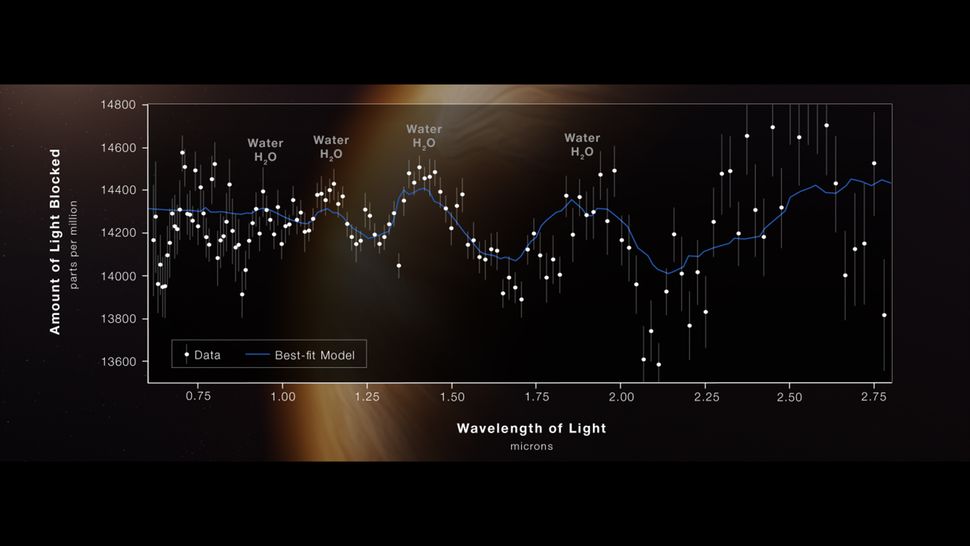Earth’s atmosphere holds just 0.04% CO2 compared to Venus and Mars’ 95%.
Key Takeaways
- Scientists propose detecting low CO2 levels in exoplanet atmospheres as a clue to oceans.
- CO2 levels could signal the presence of liquid water or even alien life.
- Earth’s 0.04% CO2 contrasts with Venus and Mars, each with over 95% CO2.
- The James Webb Space Telescope (JWST) can easily detect CO2 due to its infrared absorption.
- The method offers a cost-effective way to search for life-supporting planets using existing telescopes.
_______
Hunting for Water and Life Through Carbon Dioxide
Finding liquid water on exoplanets—a key step in identifying alien life—remains a significant challenge. Scientists, however, have developed a novel approach to enhance the search: analyzing atmospheric carbon dioxide levels. A study published in Nature Astronomy on December 28 suggests that planets with significantly lower CO2 levels compared to their neighbors may harbor vast oceans or even life.
The method stems from our understanding of Earth’s history. Initially, Earth’s atmosphere was dominated by CO2, but as oceans formed, much of this carbon dissolved, creating conditions that supported life. Tectonic activity then trapped the dissolved carbon in Earth’s crust, leaving the atmosphere with just 0.04% CO2. In contrast, Venus and Mars have atmospheres composed of over 95% CO2. This stark difference offers a promising clue: exoplanets with similarly low CO2 levels could have Earth-like oceans.
Leveraging Existing Tools for a Big Discovery
Detecting CO2 is far easier than directly finding liquid water. The gas absorbs infrared radiation effectively, producing a strong and detectable signal. Moreover, instruments like the James Webb Space Telescope (JWST) and ground-based observatories can already observe CO2 wavelengths, enabling this search without requiring additional resources or significant telescope time.

“We know initially, Earth was mostly CO2,” said Amaury Triaud, professor of exoplanetology at the University of Birmingham. “The carbon dissolved into the ocean, supporting life for billions of years.”
The technique holds additional promise because carbon sinks on Earth are partly driven by biological processes. Life forms absorb CO2 during photosynthesis and shell formation, with biological activity accounting for 20% of global carbon capture. If exoplanets show low CO2 levels, it could hint not only at oceans but potentially at life itself.
Julien de Wit, study co-lead author and assistant professor at MIT, noted, “By leveraging the signature of carbon dioxide, not only can we infer the presence of liquid water, but it also provides a path to identify life.”
Challenges and Future Potential
Despite its potential, the method isn’t without obstacles. Many exoplanets might lack atmospheres altogether, complicating efforts to test the technique. “Finding the perfect system to test this on might turn out to be more challenging than we thought,” said Sarah Casewell, a lecturer at the University of Leicester.
Still, the search for exoplanets continues to grow, and as scientists discover more planets with atmospheres, this technique could revolutionize our ability to identify habitable worlds.




